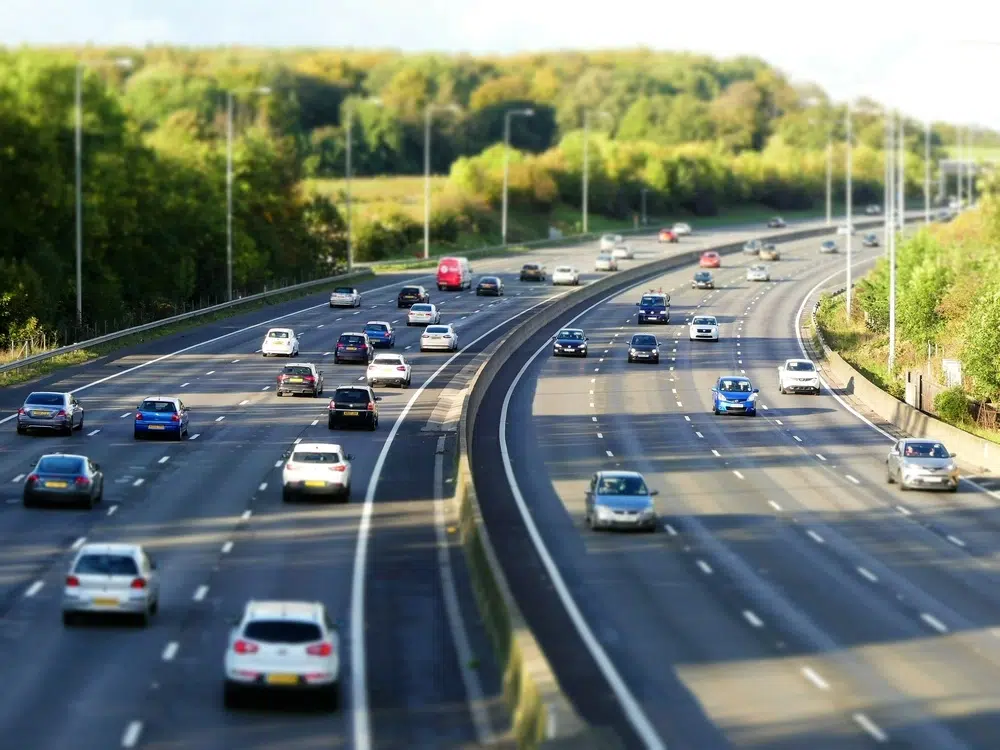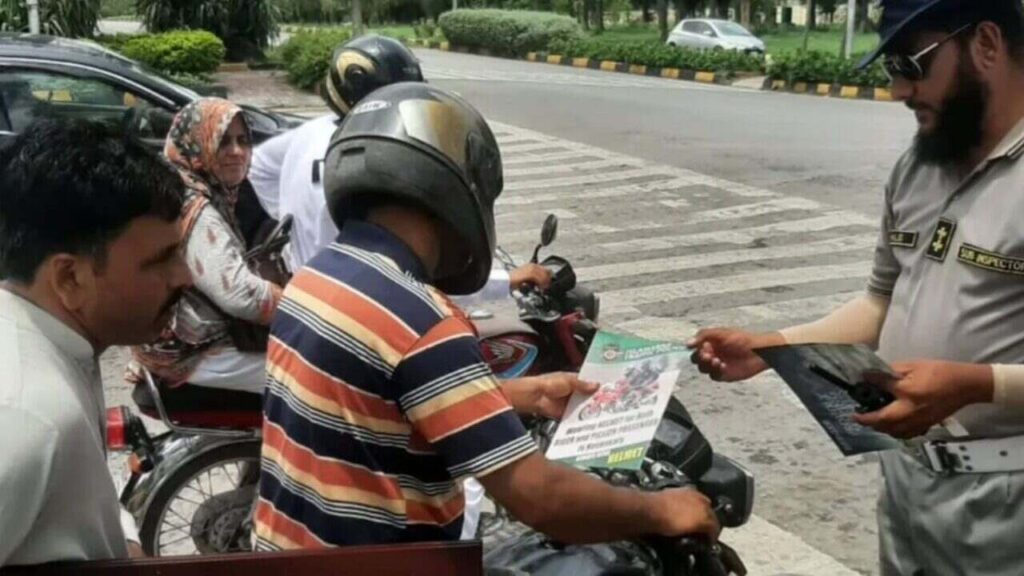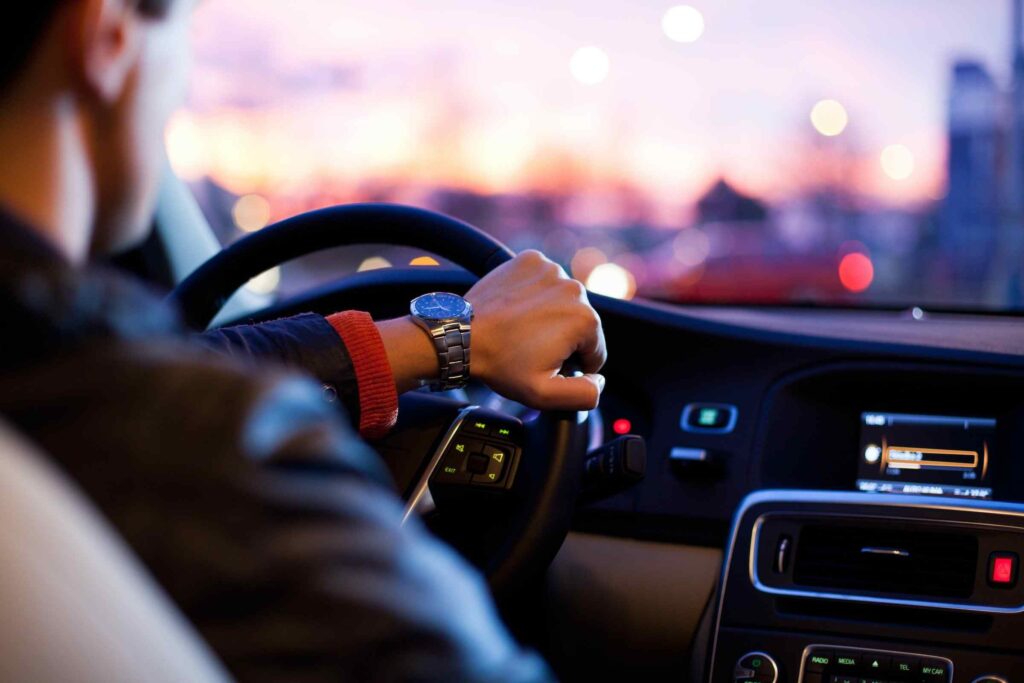Many new drivers ask this question: can learners drive on the motorway? The answer changes based on where you live. Motorways are high-speed roads meant for fast travel between cities. They go by other names like highways, freeways, or expressways in some places. Learner drivers are people who have a permit to practice driving but not a full license yet. Rules for them aim to keep everyone safe.
This post looks at rules in different countries. It covers what you need to know if you are a learner. You will find info on safety, tips, and more. The goal is to help you understand the topic clearly. Let’s start with basics.
What Does “Learner Driver” Mean?
A learner driver has a special permit. This permit lets them drive to gain skills. But they often need a licensed adult in the car. The adult supervises and helps. In most places, learners must follow strict rules. For example, they might need to show an “L” sign on the car. They also might have limits on when or where they can drive.
Learner permits teach road rules step by step. They help build experience before a full license. This system cuts down on crashes for new drivers. Young drivers, including learners, face higher risks. In 2023, over 3,000 teens died in crashes in the US alone. Worldwide, road crashes kill many young people each year.
What Is a Motorway?
A motorway is a wide road for fast driving. It has multiple lanes. No traffic lights or stops. Cars enter and exit via ramps. Speed limits are high, often 100 km/h or more. In the US, they call them interstates or highways. In Germany, it’s the Autobahn. France has autoroutes. Japan has expressways.
These roads help people travel long distances quickly. But they can be tough for new drivers. High speeds mean quick choices. Merging with fast traffic takes skill. That’s why some places limit learners on them.
Why Do Rules Exist for Learners on Motorways?
Rules protect everyone. New drivers lack experience. They might not handle high speeds well. Studies show young drivers crash more per mile driven. Factors like age and skill play a part.
In the past, many countries banned learners from motorways. For example, in the UK, learners could not drive on them until 2018. The change came to give better training. Now, learners can practice with an instructor. Other countries have similar histories. Graduated licensing systems started in places like New Zealand in the 1980s. They spread to the US and Canada. These systems add steps for learners.
The main aim is safety. Supervised practice helps. But without it, risks go up.
Rules in the United States
In the US, rules vary by state. Most states let learners drive on highways. But they need a licensed adult next to them. The adult must be at least 21 in many places.
For example, in California, learners can drive on highways. They just need supervision. In New York, learners face more limits. They cannot drive in some city areas or on certain parkways. But highways are okay with a supervisor.
Learners must follow all road rules. They often need to log hours of practice. Some states require 50 hours or more. This includes night driving. Highways help meet these hours.
If you travel to another state, check local rules. Your permit might work, but follow the state’s limits. For interstate travel, it’s usually fine with supervision.
Stats show teen drivers in the US have high crash rates. In 2019, thousands got hurt in crashes. Practice on highways can help lower this.
Rules in Canada
Canada has rules that change by province. In Ontario, G1 learners can drive on most highways. They need a licensed driver with four years of experience. But they cannot drive on some high-speed roads like the 400-series without extra rules.
In Nova Scotia, learners can drive anywhere with supervision. Alberta has similar rules. Learners must have a supervisor.
Some provinces ban learners from certain highways. For example, in some areas, no driving on expressways. Always check your province’s handbook.
If you drive to another province, your permit is valid. But follow local laws. Canada requires insurance and following speed limits.
Young drivers in Canada face risks. Supervised highway practice helps build skills.
Rules in Australia
In Australia, learners can drive on motorways. It’s encouraged for practice. They need a licensed supervisor. In Western Australia, learners can use freeways.
States like New South Wales require 120 hours of logged driving for under-25s. This includes highways. Speed limits for learners might be lower in some states.
If you cross state borders, follow both home and visited state rules. Your permit works across Australia.
Australia’s system focuses on lots of practice. Highways teach merging and lane changes.
Rules in the United Kingdom
In the UK, learners can drive on motorways since 2018. But only with an approved instructor. The car must have dual controls. No driving with family or friends on motorways.
Before 2018, learners stayed off motorways. The change helps learners gain skills before the test.
Learners need to show “L” plates. The instructor decides if motorway lessons happen.
UK stats show young drivers in many serious crashes. Motorway practice aims to cut this.
Rules in Germany
In Germany, learners must drive on the Autobahn during training. It’s part of the lessons. They go with an instructor. The test includes Autobahn driving.
Germany has strict driver training. Learners take many hours of lessons. This includes high-speed roads.
No speed limit on parts of the Autobahn. But learners follow instructor guidance.
This system makes drivers ready for fast roads early.
Rules in France
In France, learners can drive on autoroutes. It’s part of accompanied driving. They start at age 15 or 16. They need to pass a theory test first.
They must drive 3,000 km with a supervisor. This can include highways.
France allows young learners on roads. But only in France, not abroad.
This long practice period builds strong skills.
Rules in Japan
In Japan, learners with a provisional license can drive on expressways. They need a supervisor.
Driving schools teach on public roads. Learners must show a mark on the car.
Japan has toll roads for expressways. Learners can use them.
The system requires school or self-study for the test.
Rules in India
In India, learners can drive on highways. They need an “L” sign and a licensed supervisor. The permit lasts six months.
No ban on expressways. But follow all rules.
India has busy roads. Practice helps, but be careful.
Rules in South Africa
In South Africa, learners can drive on highways. They need a licensed supervisor.
The supervisor must sit next to them. Learners get the permit after a theory test.
South Africa focuses on safe practice.
Rules in Other Countries
In Sri Lanka, learners can drive anywhere with an “L” board.
In many EU countries, rules are similar to Germany or France. Supervised driving on high-speed roads is common.
Always check local laws. They can change.
Benefits of Allowing Learners on Motorways
Letting learners on motorways has upsides. It builds confidence. They learn to merge and change lanes at speed.
It teaches real-world skills. Things like handling breakdowns or bad weather.
Supervised practice cuts crash risks later. Drivers get better prepared.
In places that allow it, new drivers feel more ready.
Safety Tips for Learners on Motorways
If you can drive on motorways, stay safe. Check mirrors often. Keep a safe distance from other cars.
Use signals when changing lanes. Watch for trucks and their blind spots.
Plan your exit ahead. Don’t speed.
Have your supervisor guide you. Practice in good weather first.
Wear seatbelts always. Avoid distractions like phones.
If tired, pull over at a rest stop.
These tips help avoid common issues.
How to Prepare for Motorway Driving
Start slow. Practice on quiet roads first. Learn basic controls.
Take lessons from a pro instructor. They know how to teach highways.
Read your local driver handbook. Know signs and rules.
Watch videos on motorway driving. See how others do it.
Log your practice hours. Mix in highway time if allowed.
Build up speed step by step.
Common Mistakes Learners Make on Motorways
One mistake is slow merging. Join at road speed.
Another is lane hogging. Stay left unless passing.
Not checking blind spots leads to crashes.
Panicking in traffic is bad. Stay calm.
Forgetting to signal confuses others.
Learn from these to improve.
If Learners Cannot Drive on Motorways, What Next?
In places with bans, use other roads. Find A-roads or highways with lower speeds.
Take post-test lessons on motorways.
Use simulators if available.
Wait for your full license. Then practice with a friend.
Safety comes first.
The Role of Parents and Supervisors
Supervisors help a lot. They guide and correct mistakes.
Choose someone calm and experienced.
Talk about rules before driving.
Give feedback after each trip.
This makes learning better.
Statistics on Learner Accidents
Worldwide, young drivers crash more. In Europe, 18-24 year olds are at high risk.
In the US, teens drive fewer miles but crash more.
Supervised hours cut risks. One study showed longer learner periods help.
These numbers show why rules matter.
History of These Rules
Rules started simple. In the UK, driving tests began in 1935.
Over time, more steps added. Graduated systems came in the 1990s in some places.
Changes like the UK’s 2018 rule show progress.
Safety drives these changes.
For more information visit Traffic signs test.
Final Thoughts
Can learners drive on the motorway? It depends on your country. Most places allow it with supervision. This helps build skills and safety.
Always check your local rules. Practice safe driving. With time, you will become a good driver.
This guide gives you the facts. Use it to stay informed.


